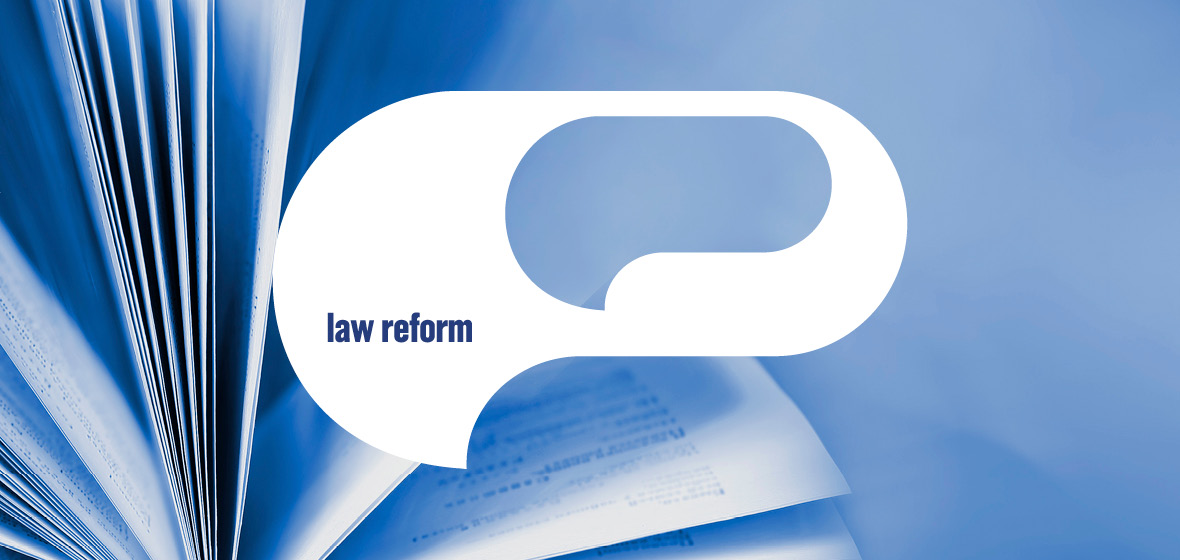Key developments
- NSW CTP insurance scheme reform
- Abortion Law Reform (Miscellaneous Acts Amendment) Bill 2016
- Treatment of asylum seekers and offshore processing
- Ombudsman’s report on the NSW consorting law
- Crimes and Anti-Discrimination Legislation Amendment (Vilification) Bill 2016
- Client legal privilege
- Inquiry into violence against emergency services personnel
- Apprehended Domestic Violence Orders involving child defendants
- NSWTG surety bond scheme
NSW CTP insurance scheme reform
The Injury Compensation Committee provided a further submission to the CTP Reference Panel, in conjunction with the NSW Bar Association and the Australian Lawyers Alliance.
The Panel was tasked to lead consultation with respect to the details and processes required to implement the Government’s preferred reform model.
The submission provided further detail with respect to the legal profession’s suggested alternate scheme model.
This model proposed a shorter period of no fault benefits for all of 12 or 18 months (rather than the Government’s proposed five-year period).
To protect the rights of innocent victims suffering medium severity injury the submission proposed a ‘narrative test’ which included objective evidence of physical or psychological injury.
Claimants would have to establish negligence and be below the threshold for non-economic loss damages.
Successful claimants could recover lump sum compensation including future loss of earnings, medical and treatment expenses and compensation for commercial care.
The submission proposed that the current range of common law benefits should remain for those who meet the non-economic loss threshold of greater than 10 per cent whole person impairment.
The legal profession put forward alternative streamlined dispute resolution models with respect to defined benefits and common law claims, which retained claimants’ rights to legal advice and representation.
Finally the submission responded to specific questions posed by the Reference Panel.




